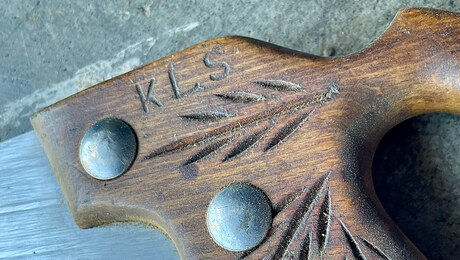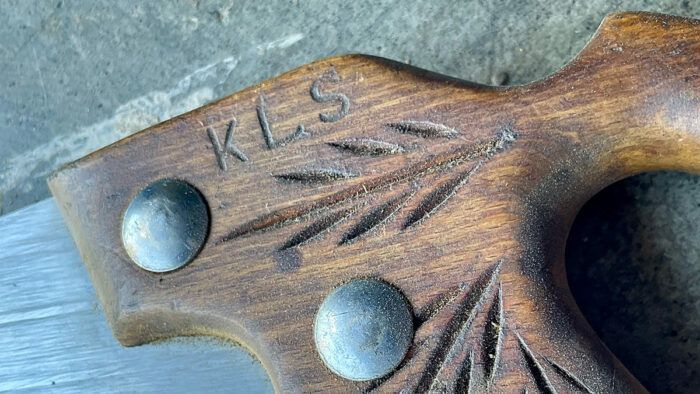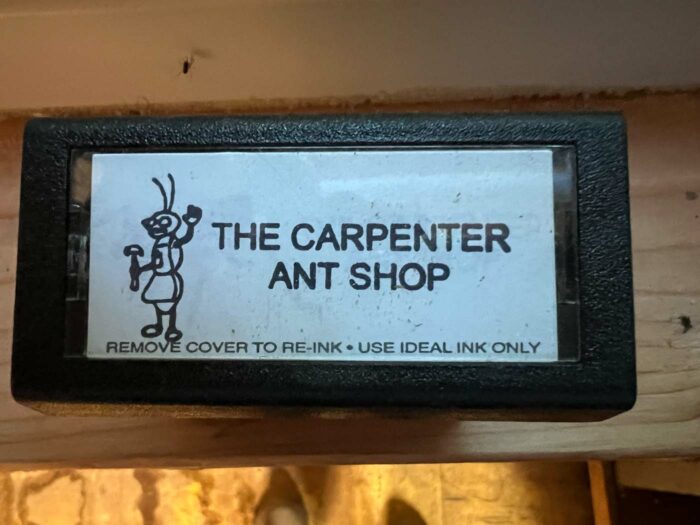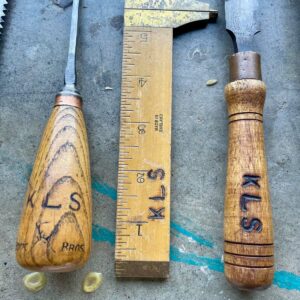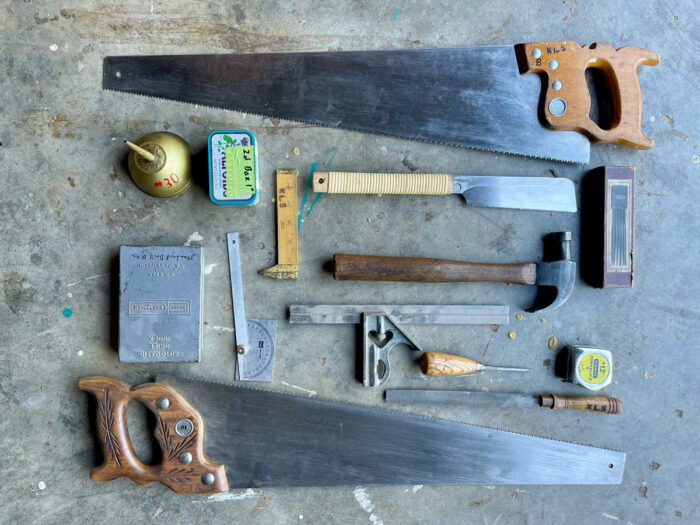A Makers Mark Leaves a Deep Impression
In the past, it was common for hand tools to be stamped with the owner’s name or initials to deter theft and facilitate recovery if lost. A woodworker might have commissioned such a stamp from a blacksmith during their apprenticeship, a significant expense for a young maker. In my workshop, I pick up tools bearing various names—L. Sauls, C. Jenkins-Jones, and J. Lyons—on a daily basis. However, the majority of the marked tools belonged to “KLS,” Kenneth Lee Schultz.
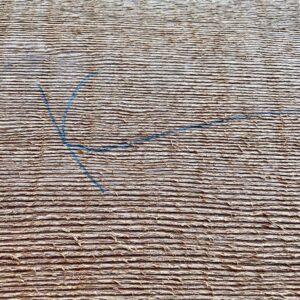
Ken was a dedicated lifelong collector, a term that politely suggests he was an organized hoarder. In addition to hand tools, machinery, fasteners, and lumber, he kept boxes of used sandpaper, coffee cans filled with twist ties, jars of unsorted hardware, shelves of burned-out motors, and hundreds of rubber bands made from old bicycle tubes. Since 2018, I have visited three to four times a year to assist with the ongoing task. The family’s beautiful turn-of-the-century craftsman house near Portland, Oregon, features a garage and a basement completely filled. We often approached the work with a specific goal, such as retrieving the table saw for my friend, rescuing all the Koa wood for ukuleles, or hauling the cast iron Delta planer up the stairs.
As we dismantled equipment for removal, we marveled at how Ken had managed to get it all into the workshop. He owned two band saws, a table saw, planer, jointer, shaper, lathe, router table, dust collector, multiple sanders, grinders, a drill press, air compressor, and all the usual toolboxes and workbenches. As I became more familiar with Ken through my visits, I realized that his secret was patient and careful hard work. Even at 85, he helped load my truck, carrying impressive loads of lumber and proudly recounting how many sheets of plywood he used to lift at once. As dementia set in, he often repeated these stories, and I made it a point to reintroduce myself and explain my purpose at every visit. This seemed to set him at ease, and he enjoyed seeing pictures of the musical instruments I built from his wood.
Among the hand tools with “KLS” burned into them, I also have Ken’s notes to himself, written in permanent marker on various machines. Many of these notes appear to have been made as his body and mind began to fail him, serving as reminders of the planer’s feed direction, the router bit’s rotation, or how to tighten the bandsaw blade. He also labeled each board of lumber, though he seemed to grow confused near the end, misidentifying Koa as Teak or Poplar as Cedar. By examining his scraps, templates, and jigs, I glimpsed his thought process and work methods. I even discovered his sketches and story sticks, carefully saved alongside the scrap wood.
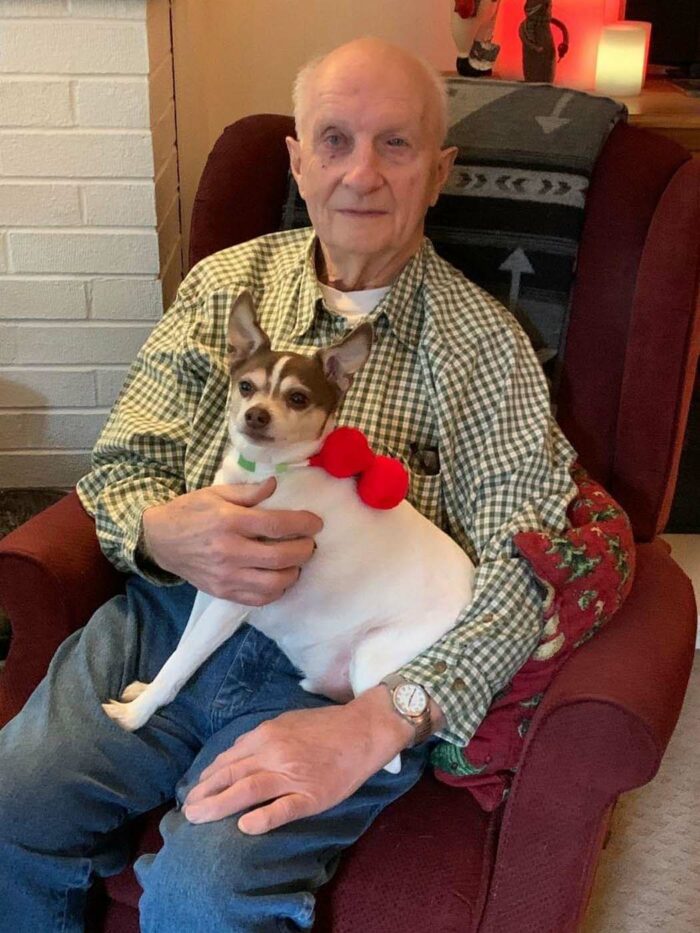
–Aaron Keim is a woodworker, writer, and musician living in Hood River, OR. He builds ukuleles, banjos, and guitars as Beansprout Musical Instruments. (www.thebeansprout.com). He was the recipient of a 2022 research grant from Mortise & Tenon magazine which he used to study the musical instruments made in Hawaii in the 1890’s. He also enjoys carving, basket weaving, hiking, and learning the steel guitar.
Sign up for eletters today and get the latest techniques and how-to from Fine Woodworking, plus special offers.

